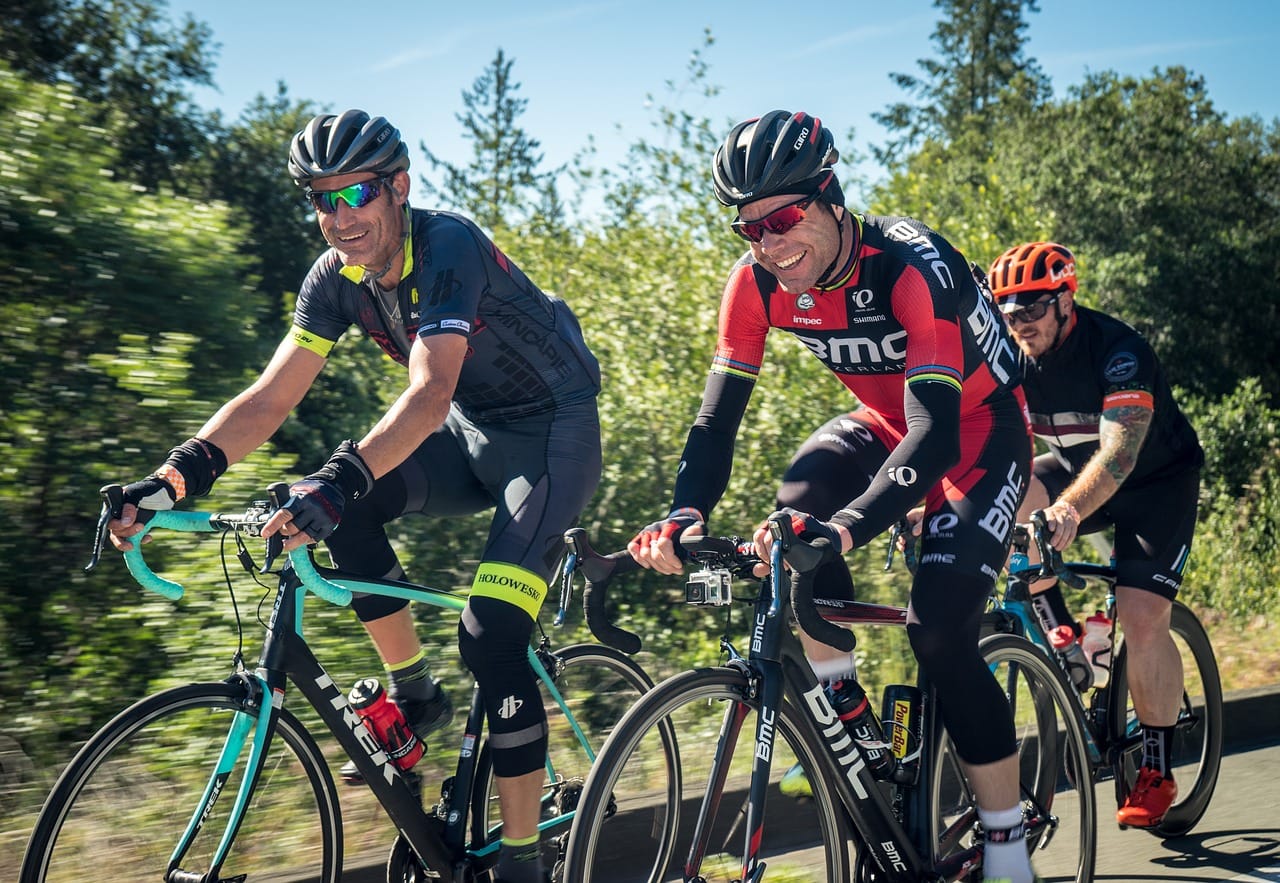There are a number of ways the use of a power metre can help the time-poor among us train more effectively.
We are all looking for the edge in terms of getting the best out of our limited training time while still achieving our goals; believe me, I have to do this myself in order to fit my training in around family and work commitments.
I have found that with recent lifestyle changes putting pressure on my time schedule, my training philosophy has taken on a new dimension. Gone are the days when I could sit at a coffee shop before a training ride and attempt to break Floyd Landis’ record of 15 cappuccinos in one sitting, or discuss the important things in cycling like sock height or whether I should have my sunglasses inside or outside my helmet straps (inside is key, by the way). My training now has to focus entirely around toddler sleeping patterns, work and other family commitments, and because I am still racing in the professional ranks, I am aware that the majority of the guys I race against are full-time athletes with fewer of these commitments. So, I need to focus on maximising the limited training opportunities I have to get the best out of myself in the sessions I do.
Cycling training and power output
One of the factors I researched is cycling training and power output. I had heard things like FTP (functional threshold power) and watts-per-kilo bantered about and thought, maybe this is something I could use. I am lucky enough to be sponsored by Wattbike, which supplies me with the tools to measure FTP and watts, which provides me with a real-time understanding of how much power I am transferring into my pedal stroke comparable to my heart rate, pedalling technique and my weight. There are many other distributers out there, such as Quarq, Garmin, SRM, Polar, Cyclops and PowerTap, which supply accurate data to athletes with power measured through the crank system and cost between $700 for the basic sensor model varieties up toward $3000 for the top-end gear. But, like anything, you get what you pay for and with so many variables involved in measuring power, it’s important to get the most accurate tool. If you are an avid cyclist, you would have noted that just about every rider in the Tour de France peloton has some sort of power measurement system – usually SRM – so, if these guys are looking at power, it must mean something.
For example, a rider might have a certain hill or TT course they ride on a regular basis, which gives them a test on their progress in relation to their current training program – I know I do. I use the same TT course every month or two to monitor my improvements and have been doing this for the last 15 years on the same course. Most of us can judge the improvements by time foremost and then heart rate zones. This is where power is a great tool. Forget time and HR zones in your TT effort, you might even go a minute slower over your course due to factors like weather or equipment but actually produce more power, hence you have completed a better ride. Riding with power is excellent in that we as athletes now have a real-time measurement of our performance irrelevant of all the other factors that we were previously concerned with. I know for a fact I would never go out and do my TT course on a crappy, windy winter’s day in Adelaide as I knew it would affect my time, but now the conditions are irrelevant, which means that there are no excuses to ride in winter or into a roaring headwind along Beach Rd.
The other great thing about power meters is that they are fantastic for use inside on the trainer as the power from the cranks is relative to the exertion you are putting out at the time. This makes your sessions more efficient. Measuring fatigue is something that has been purely restricted to measuring heart rate zones over the last 10 years or more; I know I still take my resting heart rate in the morning to monitor my fatigue levels, but now with power and heart rate combined it is much easier to actually see fatigue levels in your power output.
For example, a rider could go out one day and ride an effort in his target heart rate zone with an average power output of 250 watts. The next week he does the same session based on his heart rate but his average power output drops to 220W. This could be due to increased fatigue or even impending illness, but the key fact is that without power data, he’d have no knowledge of this drop in training quality or the effect his training was having on his performance.
FTP: Back in the day, it was all about lactate threshold in and heart rate, now it has shifted drastically to FTP, which basically means the maximum power output a cyclist can hold for one hour. This data essentially gives you your power profile. If you are like me and spend a lot of time indoors on the trainer, this information is fantastic to use because it’s in such a controlled environment and improvements, however slight, can be monitored easily. The test for FTP is easy: it involves a 20-minute TT effort then grabbing your average wattage and multiplying it by .95. For example, mine is 330 on my Wattbike. This test is best done with fresh legs and a good warm-up to enable you to obtain your true score. With this information, I can now cater my session around this number and monitor my heart rate in relation to this to see if I am fatigued or overtrained.
Remember, FTP is not your lactate threshold but it is close and can provide you with a great racing monitor. I was never a believer in competing with data but, now, it’s such a great tool it’s hard to ignore. Many of my fellow pros now have so much data at their fingertips they know exactly how hard they can ride at the start of a bike ride relative to their FTP. For example, I know I have a window of about 40 minutes where I can hold around 300 plus watts in a half ironman before I drop down. With all this information, I can now cater my training for specific sessions: See box 1 for examples of indoor Wattbike sessions I do once a week.
These sessions are great for power development for half ironman and ironman races and I usually complete sessions like this once a week. Since using power, my training efficiency and pedalling technique have improved dramatically and it has come from training smart and focussing on what needs to be focussed on. So, if you’re a time-poor athlete and the minister of war and finance (wife) also administers the portfolio of rostering and work conditions, you might have to find a smarter more efficient way of getting that Kona.








